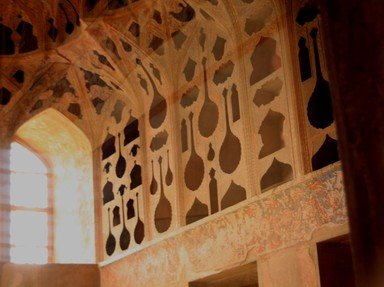Quiz Answer Key and Fun Facts
1. Wanting a more unified Anatolia, Cyrus the Great conquered which region (known for its "league"), ultimately leading to the greater Greco-Persian Wars?
2. Darius, who had wrested control from another Achaemenid monarch, began lofty construction projects to build up his empire's cities. Which city became the ceremonial capital as a result?
3. The language of the Achaemenids was Old Persian, though this began to change in the late Achaemenid period. What kind of script was used for the written version of Old Persian?
4. Completed by Xerxes I, this majestic audience hall was where the Persian king would receive tribute and delegate gifts and was a symbol of Persian power. What was its name?
5. Which ruler swiftly cut through the Persian Empire from 334 BCE to 331 BCE, defeating Darius III in the battles of Granicus, Issus, and Gaugamela?
6. Which two military tactics used by the Parthian Empire stymied Roman attempts at conquering land in Anatolia?
7. Exalting a figure known as Ahura Mazda, practice of which ancient religion sharply declined after the Muslim conquest of Persia in the 7th century?
8. With the Muslim-led Umayyad Caliphate now secure in its ruling power, political and cultural reforms were adopted. Coinage that contained the Arabic alphabet replaced that with the Pahlavi script, which was a combination of Middle Persian and what written language?
9. Which caliphate overthrew the Umayyads, subsequently moving the empire's capital from Damascus to Baghdad?
10. Sometimes called "the first true scientist" and the original pioneer of the scientific method, Hasan Ibn al-Haytham was one of the many scholars who were products of the Islamic Golden Age. What name was he given in the West, where his methods influenced innumerable scientists?
Source: Author
trident
This quiz was reviewed by FunTrivia editor
gtho4 before going online.
Any errors found in FunTrivia content are routinely corrected through our feedback system.
